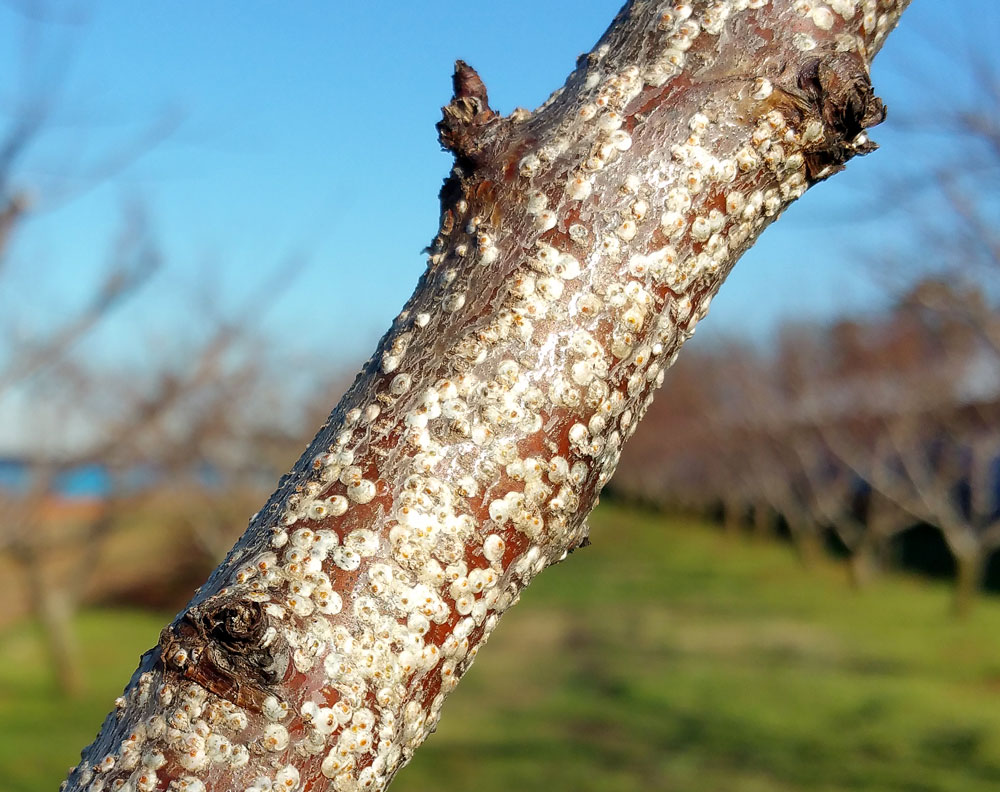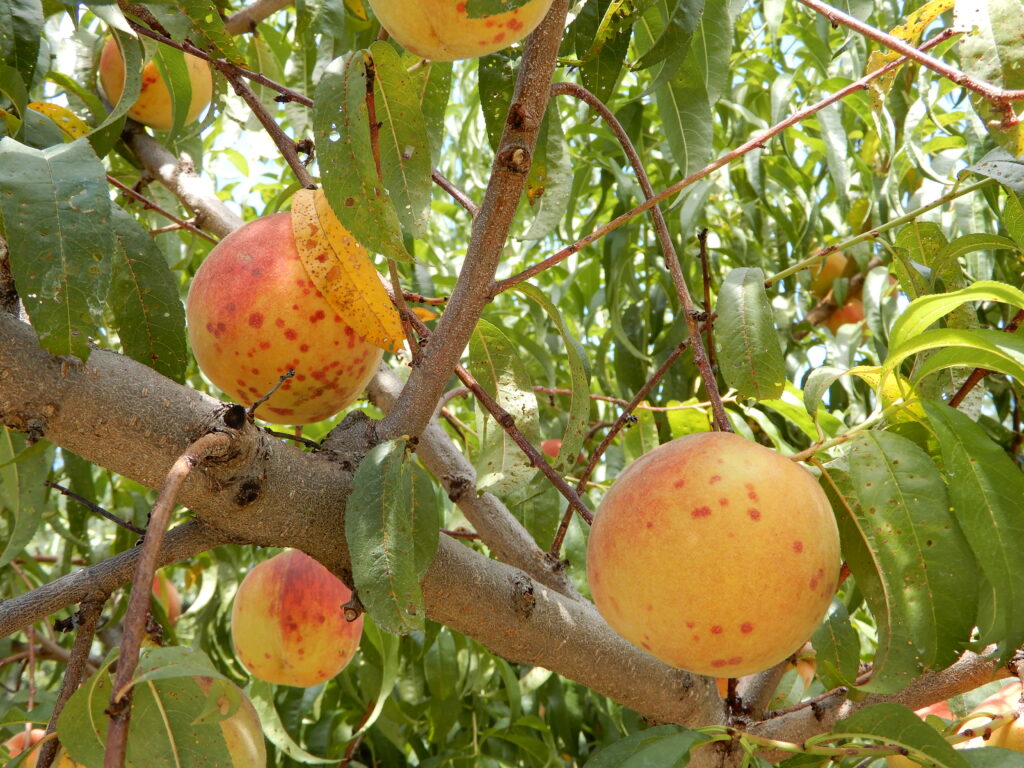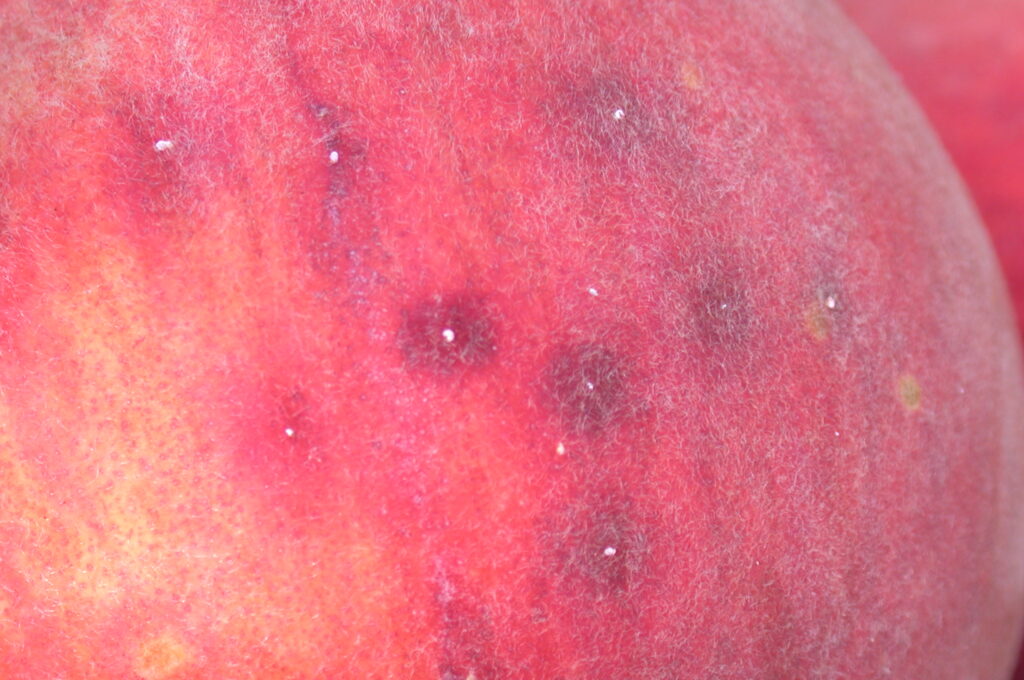Do Your Dormant Oil Diligence
go.ncsu.edu/readext?757885
en Español / em Português
El inglés es el idioma de control de esta página. En la medida en que haya algún conflicto entre la traducción al inglés y la traducción, el inglés prevalece.
Al hacer clic en el enlace de traducción se activa un servicio de traducción gratuito para convertir la página al español. Al igual que con cualquier traducción por Internet, la conversión no es sensible al contexto y puede que no traduzca el texto en su significado original. NC State Extension no garantiza la exactitud del texto traducido. Por favor, tenga en cuenta que algunas aplicaciones y/o servicios pueden no funcionar como se espera cuando se traducen.
Português
Inglês é o idioma de controle desta página. Na medida que haja algum conflito entre o texto original em Inglês e a tradução, o Inglês prevalece.
Ao clicar no link de tradução, um serviço gratuito de tradução será ativado para converter a página para o Português. Como em qualquer tradução pela internet, a conversão não é sensivel ao contexto e pode não ocorrer a tradução para o significado orginal. O serviço de Extensão da Carolina do Norte (NC State Extension) não garante a exatidão do texto traduzido. Por favor, observe que algumas funções ou serviços podem não funcionar como esperado após a tradução.
English
English is the controlling language of this page. To the extent there is any conflict between the English text and the translation, English controls.
Clicking on the translation link activates a free translation service to convert the page to Spanish. As with any Internet translation, the conversion is not context-sensitive and may not translate the text to its original meaning. NC State Extension does not guarantee the accuracy of the translated text. Please note that some applications and/or services may not function as expected when translated.
Collapse ▲Applying dormant oil to backyard fruit trees and small orchard plantings.
Months after annual crops are “in the barn”, cucurbits preserved, tomatoes canned, and root veggies stored away, the orchardist is still busy. Fruit trees require care and attention year-round to grow well and produce high-quality fruit. Orchard management continues in the winter while trees are dormant – without leaves and not actively growing. The dormant season is time for essential tree pruning and orchard clean up (removing branches, leaves, and mummified fruit). Combined with these cultural practices, applying a dormant oil spray can help ward off pests before they attack.
| Reasons oil and other dormant sprays are effective: |
|
The in-season fruit tree spray program is intensive: applications of fungicides and insecticides every 10-14 days. Backyard growers find it easiest to use a combination fungicide-insecticide often listed as “Multi-purpose Fruit Tree Spray.” Local suppliers carry Bonide, Ferti-lome, and Ortho brands of this product. In contrast, dormant oils are applied one to two times during winter months when lighter orchard management is needed.
Target Pests
Dormant oils target dormant insect eggs overwintering on the tree branches and trunk, and are most effective on soft-bodied insect pests such as scale, mites, and aphids. These insects are vulnerable to pesticides before the onset of warm weather. San Jose scale and white peach scale, major pests of apple and peach, can be effectively managed with dormant oil applications. Monitor for scale insects that are covered with a protective armor looking like tiny, circular bumps on tree bark. “Crawlers” (emerged nymphs) can be detected with a 10x hand lens. If left unchecked, these pests significantly lower fruit quality making it unmarketable and can result in tree death.
Mode of Action and Products
Dormant oils work by smothering pests with a thin film of oil; the oil essentially clogs breathing pores of these soft-bodied insects. Every orchard can benefit from 1-2 applications of dormant oil, also referred to as superior or horticultural oil. These are high-quality petroleum-based oils specifically designed for agricultural use (such as damoil). Vegetable-based products, neem oil, and Monterey horticultural oil are sometimes used. Horticultural oils are deemed minimum risk pesticides and are approved for use in organic production.
Application
Apply dormant oil when trees are dormant but before leaves start to emerge. This period is typically from December to late February/early March in the Piedmont region, but timing varies from location to location and year to year.
Mix a 2-3% solution of oil with water for dormant applications, follow label directions for your specific product. For orchards that have a heavy scale infestation two applications applied two weeks apart may be most effective. Because oil kills by smothering, it is important to thoroughly cover the tree, to the point you see spray dripping from the branch tips.
Dormant oil sprays are temperature sensitive, and should be applied when temps are above freezing for more than 24 hours, both before and after application. Horticultural oils can cause phytotoxicity (severe leaf burn and defoliation) when applied to green tissue. Thus, we would not recommend applying oils after the green tip stage (when ½” of green is showing on buds). Note that sulfur-based fungicides are not compatible with oils and cannot be mixed with or applied within 30 days of applying dormant oil. Refer to product labels for specific application guidelines.
While there are many other components of pest management, many “little hammers” as we say, dormant oil sprays are an especially important tool for orchards of any size from 1 tree to 100 acres. Getting ahead of pests with dormant oil can save the orchardist labor, money, and environmental harm. The payout for doing your dormant diligence is abundant, high-quality fruit the following season.
For further questions about dormant oil or other fruit tree queries, contact the N.C. Cooperative Extension – Yadkin County Center at 336-849-7908 or your local Cooperative Extension office.







